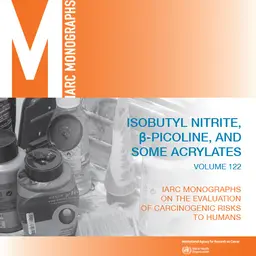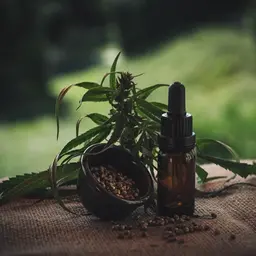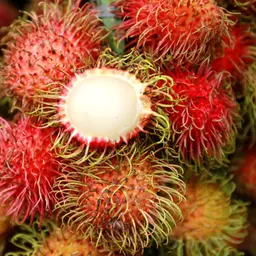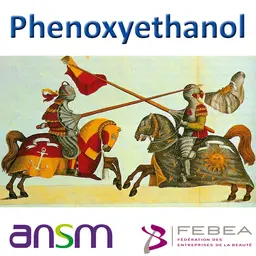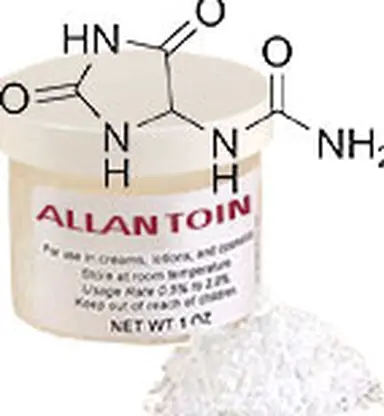
Allantoin has all the key properties of an ideal cosmetic ingredient. It is biomimetic, as it is naturally present in the human body. It is also soothing, anti-irritant, hydrating, and softening. It regenerates the skin and is tolerated extremely well. It's no surprise that allantoin is used in a host of products. It isn't always the focus of product claims, but it remains active and effective nonetheless.
Chemically speaking, allantoin is a nitrogen-based compound synthesised by the oxidation of uric acid. In nature, it was first identified in the roots of common comfrey and is also present in cereal grains.
It is also found in the blood, urine, and amniotic fluid of both animals and humans. This makes the molecule rather attractive at a time when biomimetics (the reproduction of natural, organic systems) is a growing trend in cosmetics.
There has also been quite a bit of attention given to the fact that allantoin is present in snail slime, resulting in a certain passion for cosmetics based on this mucus. One manufacturer draws attention to the fact that snails use allantoin to rebuild broken shells. So is allantoin truly reparative? Yes, and it repairs more than just snail shells!
The wonderful properties of allantoin
The list of properties of this ingredient is impressive; not many actives can claim as much without exaggerating.
Soothing
The official nomenclature of cosmetic ingredients recognises its role as a soothing agent, which is the least that can be said. Allantoin is known for its anti-irritant virtues, as well as for its ability to relieve redness and tingling. It also has an anti-inflammatory …




